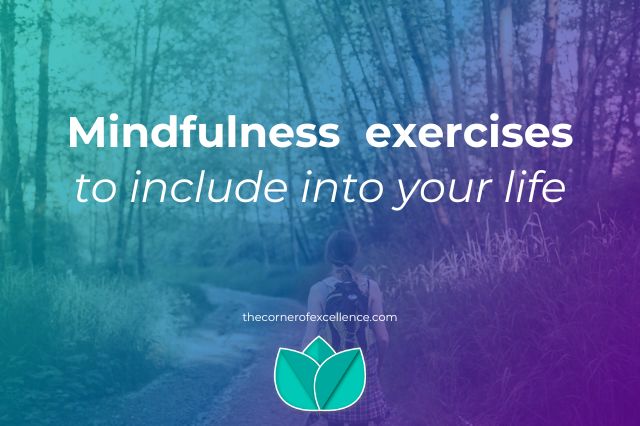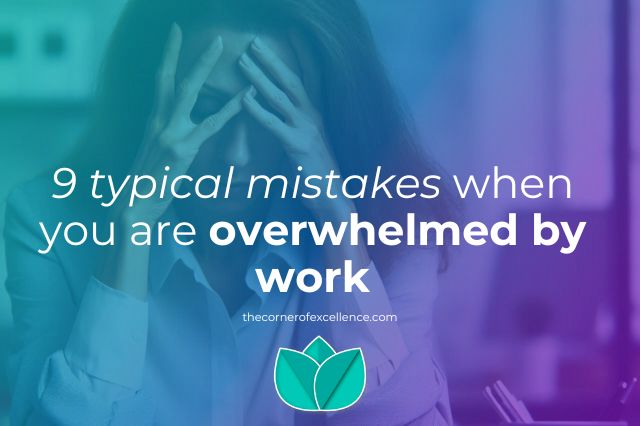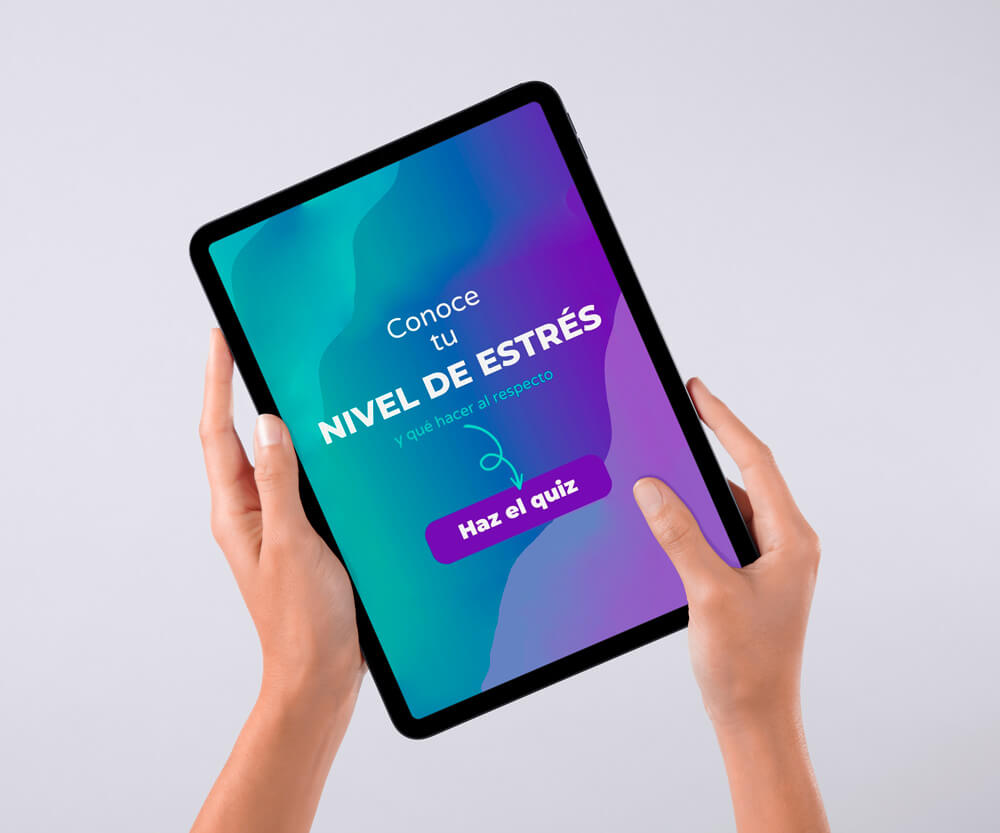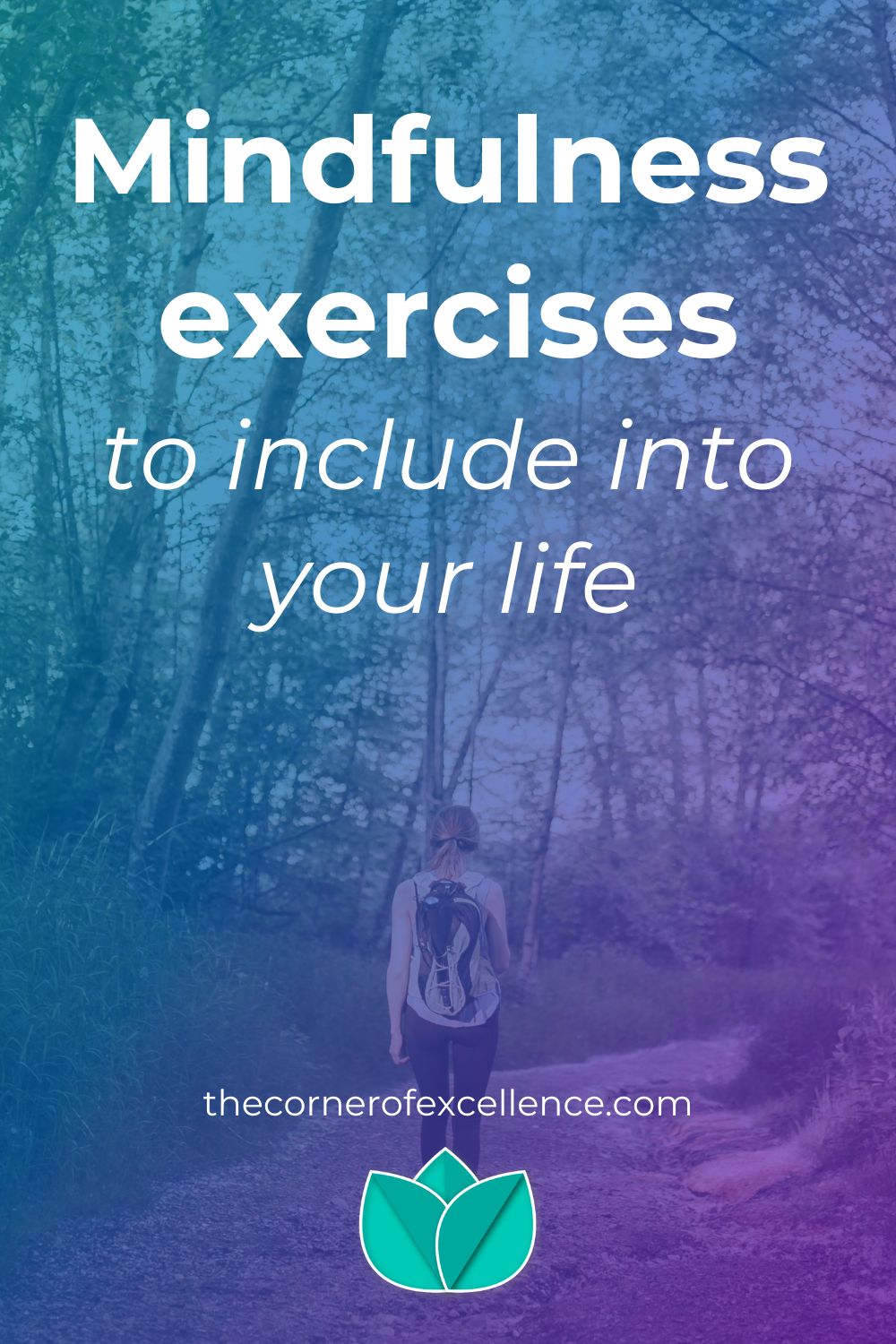
After addressing what Mindfulness is in another post, now let’s talk about different mindfulness exercises you may incorporate into your life as well as some practical advice.
Before starting with the practice, here are some tips and tricks.
Make it easy
Sometimes it can be hard to incorporate a new habit into our life. Probably we will have excuses like the lack of time, not feeling like it, finding it boring or complicated…
I do not have time
Less is better than none. You will actually notice the benefits even if you do not dedicate a lot of time to the practice. Because it is a way to live our life and how we take things. That is why it will be more beneficial and useful to dedicate even just five minutes a day than practicing for an hour once a week.
I do not feel like it
There may be quite some things in our lives we do not feel like doing but we do them anyway. So, do you really not feel like disconnecting a moment from the daily bustle in order to feel more content, calm and serene? Do you really not feel like starting the day more calm and serenely? It is not like you are going to run a marathon or clean up the house. To the contrary, you will not do anything but breathe.
I get bored
Many of us are used to be constantly doing things and do not know how to simply be. That is why it may be difficult to take a moment to just be at ease with ourselves and not do anything.
This is very difficult
Actually, the mindfulness practice per se is not difficult, but the fact of incorporating and maintaining the habit in our lives. Additionally it might be hard to train our patience and self-control in order to continue with the practice even when our mind tells us that we have a lot to do or that this is no good for anything or any other excuse. But you know practice makes perfect, or mindful in this case.
I do not need it
Well, if you are reading this post, I guess this has piqued your interest. So I suggest you read about the benefits of mindfulness.
Or maybe you have started the practice but it is one of the excuses your mind comes up with. Maybe you think you only need it on workdays when you feel stressed or have a hard time concentrating, but that on weekends and holidays you are relaxed. But let me remind you that the benefit of mindfulness lies in the perseverance of practice and turning it into a habit like sleeping or eating.
Mindfulness exercises
As I explain in the article on what Mindfulness is, it is not a sport but rather a way of living our lives in a more conscious way. There are several techniques and exercises which will help us remember that mindset and way of living. Although there are more techniques, we will have a look at four of them.
Meditation
The first and one of the basic Mindfulness exercises is meditation. This practice is about dedicating ourselves some time for contemplation in order to become aware of the present moment, our sensations, emotions, thoughts and surroundings.
I recommend to include meditation into your morning routine after getting up, having a shower and getting dressed but before having breakfast. That way you will be awake enough to not fall asleep during the practice. As well it allows you to start the day with a sensation of calmness and set the tone for the day.
But if you have a hard time incorporating the habit in the morning look for another moment throughout the day. The idea is to find the best moment in your routine in order to avoid resistance and not consider it a drag until it becomes a habit you appreciate.
How to meditate
In order to start practicing meditation chose a quiet place and ensure nobody interrupts you. Then sit down in a comfortable position on a chair, on the floor with your legs crossed or with the legs bent under your bottom, placing a cushion in between. Chose the position most comfortable to you. If you have problems with your knees or the circulation in your legs, I recommend to opt for the chair.
In the post “Meditation posture” by The Way of Meditation you may find images of the postures.
Now sit upright with a straight back and relaxed shoulders and place your palms comfortably on your legs. Next close your eyes and breathe naturally trying not to control your breathing. Just focus your attention to the sensation of the breath in your nose, throat, chest or abdomen. Whenever you get distracted, return your attention to your breathing. It is totally normal so do not give it importance. Simply turn your attention back to your breath.
Duration of the meditation sessions
I suggest you start the first days with five-minute sessions. If you feel comfortable and at ease spending more time, do it. If you get nervous after a couple of minutes try not to give in to the first impulse to interrupt your practice. But if it becomes unpleasant and unbearable, leave it for today. Tomorrow will be another day. It is not a matter of forcing it and taking a dislike to meditation. However, on the next day do not beat yourself up thinking you suck at meditation, that yesterday you did not endure even two minutes or with other negative thoughts. Keep your mind open and just try again.
Little by little, I recommend you prolong the time of practice. That way you will gradually increase the training of patience and self-control. Then find the appropriate duration for you to maintain the habit in your life and thus avoid the excuse of not having time.
Mindful breathing
Mindful breathing is another very useful technique you may use throughout the day. When you feel tense, overwhelmed, stressed or have a hard time concentrating on work or study, stop what you are doing. You may stay where you are. Or might go to a quiet place like the bathroom or even go outdoors for a moment.
Now focus on your breathing inhaling normally and not very profoundly. Then exhale as much as you can until you really feel the need of taking a new breath. Repeat several times during a couple of minutes until you feel calmer.
When feeling overwhelmed or stressed we tend to hyperventilate filling our organism with too much oxygen. This exercise will help you restore the level of carbon dioxide in your bloodstream, thus calming your breathing and reducing the feeling of stress.
Mindful walking
In the post “5 simple tricks to disconnect from work” I recommend to take a walk of at least fifteen minutes in order to clear your head. But mindful walking goes a step beyond a simple walk. The trick is to walk at a calm and comfortable pace whilst focussing your attention on the feeling of the soles of your feet touching the ground. You may practice on any journey on foot: on your way to the office or back home, going outside to get some fresh air, on your way for lunch etc. By practice you will be able to more easily and quickly enter the state of connection with your body and awareness of the present moment.
Body Scan
This is another fantastic exercise that I find very relaxing. It can be a good exercise to disconnect after work or study. In order to practice the body scan you may sit on a chair, as you would do for meditation, or, better yet, lie on a mat. In case of laying down, stretch your legs and arms slightly to both sides. Then close your eyes and start breathing calmly. Now become aware of the different body sensations. Then go over each body part from your toes up to the top of your head. This exercise, done calmly and without haste, should take you about fifteen minutes.
Recommendations
Remember to be kind and patient with yourself. No master has come from out of the blue. Try the different techniques and include them into your routine little by little. That way you will not feel overwhelmed thinking how many things to remember. For example, start the first week with meditation. The next week you might start to get aware of stressful moments and practice mindful breathing, whilst continuing with meditation.
In addition to these specific mindfulness exercises, everyday life offers us opportunities to introduce mindfulness in our lifestyle and experience everyday things more consciously. If you want to get to know even more mindfulness exercises to connect with your body and surroundings, have a look at these.
Are you ready to practice Mindfulness?
Do you fancy feeling more serene and living more mindful? Try the different techniques proposed and tell me how it has gone. Which benefits have you noticed? What difficulties have you encountered?
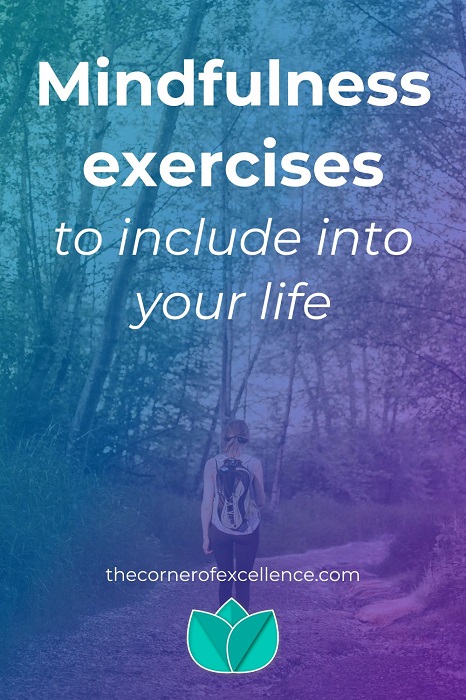
Sharing is caring!

